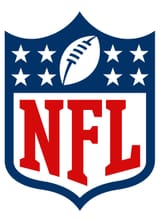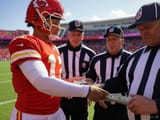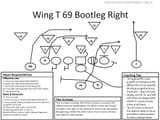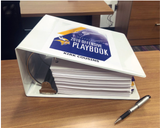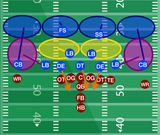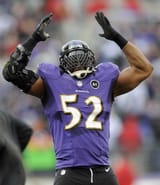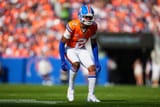>>150108799
3. Special Teams – Third Phase
Special teams is often overlooked by fans, but it's a key strategic phase where field position, momentum, and even game outcomes swing drastically. A blocked punt, a big return, or a missed field goal can shift the narrative of a game in seconds.
>Roles of Special Teams
Special teams units handle:
- Kickoffs and Kick Returns
- Punts and Punt Returns
- Field Goals and Extra Points
- Field Goal/PAT Block Units
These units combine offense and defense principles in a high-pressure environment. Every play has long-term implications on field position and momentum.
>Field Position Strategy
A major strategic goal is flipping the field — making the opponent start deep in their own territory. Punting isn't a surrender; it's a field-position weapon.
Coffin Corner: Punting near the sideline to pin opponents inside the 10-yard line.
Hang Time: A high punt lets the coverage team run downfield, limiting returns.
Directional Kicks: Kickers may avoid dangerous returners or target specific zones.
>Kickoff and Return Tactics
Squib Kicks: Low, bouncing kicks to prevent long returns.
Onside Kicks: High-risk, high-reward plays to regain possession unexpectedly.
Return Formations: Teams might use wedge blocks or misdirection to spring a returner.
>Fake Punts and Kicks
Special teams can be used for trick plays, catching the opponent off-guard:
Fake Punt: A direct snap to a blocker or punter run/pass.
Fake Field Goal: Lateral or pass from the holder instead of a kick.
>Kickers and Punters
These players are specialists — mental toughness and precision are key. Kicking in high-pressure situations (e.g., game-winning field goals) is one of the loneliest jobs in sports.
>Coverage Units
Players on coverage teams are often backups or rookies — but coaches value them highly. Speed, tackling, and discipline are critical. A mistake in spacing or lane integrity can result in a touchdown.
 8/4/2025, 11:39:25 PM
No.150100236
[Report]
>>150100719
>>150100953
>>150101759
>>150104684
>>150109512
>>150113716
>>150117129
>>150119269
>>150122303
>>150125680
>>150126335
>>150137159
>>150139812
8/4/2025, 11:39:25 PM
No.150100236
[Report]
>>150100719
>>150100953
>>150101759
>>150104684
>>150109512
>>150113716
>>150117129
>>150119269
>>150122303
>>150125680
>>150126335
>>150137159
>>150139812
